Overcoming Resistance in Cancer Treatment with Cytokine Therapies

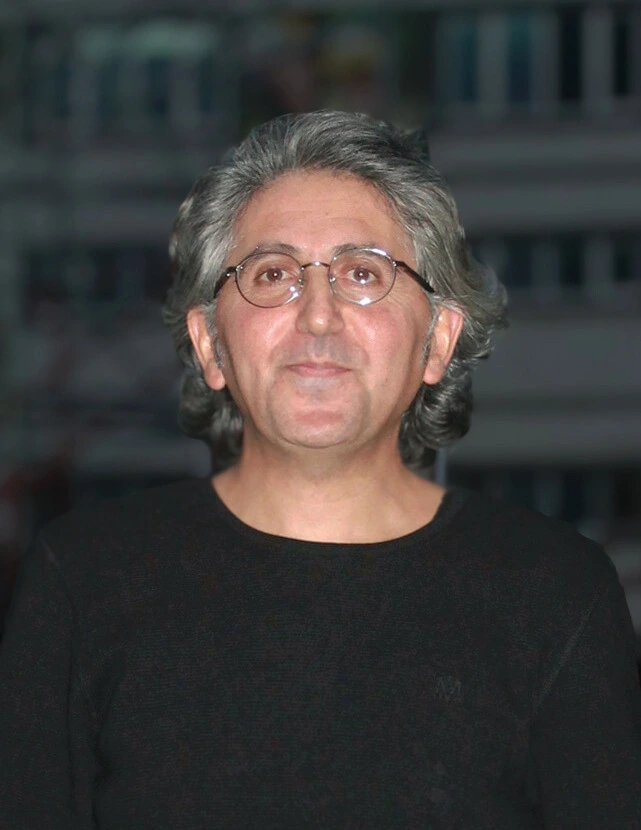
ONCOLife |
8 November 2024
Cytokine therapies have the potential to transform cancer treatment by enhancing the body’s immune response to fight cancer more effectively. In our interview with Caroline Loew, Ph.D., CEO of Mural Oncology, she expressed that the company is at the forefront of this innovation, with readouts for their two potentially registrational trials for their engineered IL-2, nemvaleukin, expected next year.
This candidate has shown promise in phase 1/2 clinical trials in hard-to-treat cancers like mucosal melanoma and platinum-resistant ovarian cancer, both known for their poor response rates to current treatments. Loew outlines her strategic focus on advancing nemvaleukinto unlock immunotherapies for more patients.
Exclusive interview with Caroline Loew
Loew leads Mural Oncology, focusing on developing novel engineered cytokines like nemvaleukin to unlock immunotherapies for a variety of cancers, reaching more patients. With several programs in various stages, including two in potentially registrational studies, Mural is pioneering the next wave of immuno-oncology solutions, advancing their IL-2, IL-18, and IL-12 programs.
Click the picture to view the PDF version: Pg 18-21.
Given the transformative potential of cytokine-based immunotherapies in cancer treatment, could you elaborate on your strategic approach to advancing these therapies, particularly in cancers with limited treatment options?
Loew: Our approach at Mural Oncology is twofold. Firstly, we aim to demonstrate the efficacy of our lead candidate, nemvaleukin, as a monotherapy, focusing on a hard-to-treat subtype of melanoma known as mucosal melanoma. This rare disease has roughly half the response rate to PD-1 therapies compared to cutaneous melanoma, making it a significant challenge in treatment.
Secondly, for combination therapy, we’re studying it in platinum-resistant ovarian cancer—a type of cancer that also shows limited response to PD-1. Both these strategic focuses are part of our broader mission to advance nemvaleukin, setting a robust foundation for its future in cancer treatment. We are highly encouraged by our early results and are eager to aadvance this candidate.
Can you discuss the challenges and breakthroughs your team has encountered in engineering cytokines like nemvaleukin to optimize efficacy and reduce toxicity?
Loew: Our approach has been to minimally engineer proteins with the aim of reducing the side effect profile. For nemvaleukin, we’ve made a very simple adjustment to the protein. We engineered native IL-2 to block its binding to the alpha receptor, which causes upregulation of cytotoxic T regulatory cells and limits its use due to toxicity.
This minimally engineered solution leads to a product that will have very low immunogenicity risk. We have seen no evidence of immunogenicity in our studies.
Furthermore, this approach maintains many of the original confirmational benefits of high-dose native IL-2, particularly in its ability to bind to key receptors that drive the upregulation of CD8+ T cells and natural killer (NK) cells that are the cancer-killing cells associated with this mechanism.
This method illustrates our commitment to creating effective therapies that are both potent in cancer treatment and mindful of patient safety.
Nemvaleukin alfa is a pivotal candidate in your pipeline, currently undergoing trials for ovarian cancer and advanced melanoma. Could you share any updates or early findings from these trials?
Loew: In our earlier Phase 1 and Phase 1 expansion studies, we generated significant data that led us to initiate two registrational studies. The results we’ve seen have been extremely encouraging. For instance, in mucosal melanoma—a rare subtype of melanoma representing about 2,000 patients annually in the US and EU and having roughly half the response rate to PD1 compared to cutaneous melanoma—we observed a 33% overall response rate in our Phase 1 study.
These results are significant, especially considering that all these patients had previously progressed on checkpoint inhibitors. Although we didn’t have a fixed duration of response due to a rollover study, we saw durations of response up to 79 weeks –a hallmark of durable immune-therapy responses. All of these patients had been previously treated with checkpoint inhibitors and had all progressed.
Similarly, in platinum-resistant ovarian cancer, which does not typically respond to PD1 and is considered a relatively “cold” tumor, our data was promising. In a Phase 1 expansion combination study, we saw a 29% overall response rate among 15 patients, with a median duration of response of 65 weeks.
Notably, most of these patients had received five or six prior lines of therapy, and we even observed two complete responses. This is particularly encouraging for a disease that has been difficult to treat.
Additionally, our optimism is bolstered by historical data from two Phase 2 studies using high-dose IL-2 in treating platinum-resistant ovarian cancer, which showed around a 25-26% overall response rate, and we saw a similar duration of response to our study. All this data collectively fuels our conviction to proceed with registrational studies and heightens our anticipation for the forthcoming data next year.
There are some exciting developments about IL-18 based therapy. What makes it a promising candidate for cancer therapy, and when do you plan to start clinical trials?
Loew: IL-18 is emerging as a highly intriguing target within the cytokine subclass of immuno-oncology agents experiencing a resurgence of interest lately. Several big pharma companies have licensed IL-18 assets in the past nine months. Mechanistically, IL-18 reinvigorates dysfunctional T cells, enhancing anti-tumor immunity by affecting NK cells, CD8+ T cells, and dendritic cells —a trifecta of action.
The reason we have not seen it in development to date is that until now this mechanism hasn’t been available to us because IL-18 has a binding protein and that neutralizes its efficacy when generated. The other problem with cytokines is a very short half-life so you need to increase exposure with some kind of half-life extensions.
Protein engineering and the capabilities we built at Mural are resistant to that half-life so we unleash the efficacy while maintaining the activity. We have created a protein that is resistant to that IL-18 binding protein, unleashing the efficacy. Secondly, we’ve incorporated a half-life extension domain to maintain its activity over an extended period.
We’re poised to nominate a candidate for this promising program later this year and plan to file an IND with the FDA in the fourth quarter of 2025. We look forward to sharing more information soon.
What is your approach to combination therapies, particularly the integration of nemvaleukin with other treatment modalities like PD-1 inhibitors?
Loew: Nemvaleukin in combination with PD-1 is a core part of our early development. There’s a rationale for that combination. Cancer treatment has become a world of combinations. As we move forward, that is going to continue to increase. The strategy has to be to, first of all, understand that your therapy has monotherapy. Knowing that your agent works by it is table stakes. Then you can start to combine it with other things.
There are many potential targets beyond PD-1. There are many rational combinations that we can and will pursue as the portfolio expands over time.
From your perspective, what are the most significant barriers today in immuno-oncology that still need to be addressed, and how is Mural positioned to tackle these?
Loew: The biggest thing is this plateau in treatment response. We saw these incredible responses ten years ago brought particularly through the introduction of PD-1 agents – incredible responses across a broad range of tumors up to 30%.
However, this leaves a substantial 70% of patients who aren’t responding or are relapsing. That’s where we need to go next. The reality is that I-O has been incredibly successful and IO can continue to contribute to those types of treatment responses.
We now need the next wa-ve of agents to do that. From our perspective, cytokines will be the next wave to deliver that, starting with nemvaleukin. The known efficacy of the IL-2 mechanism significantly de-risks our development efforts, and gives us confidence in its potential to further enhance treatment outcomes in immuno-oncology.
As nemvaleukin progresses through potentially registrational trials, what are the key regulatory challenges you face, and how is Mural preparing for commercialization, particularly in diverse global markets?
Loew: We prepared carefully for this. Our studies are designed in consultation with the FDA. Our pivotal phase three study has an overall survival endpoint –the gold standard for an oncology study – and we have a four-arm randomized study. It’s an extremely well-controlled, well-powered study, and we are confident that if positive willlead to full registration.
Similiarly, our phase two study was constructed for a rare disease small population that the FDA is supportive of. We are on a trajectory to be able to file in the US next year, with subsequent registrations in Europe. We are excited for what this means for the patients.





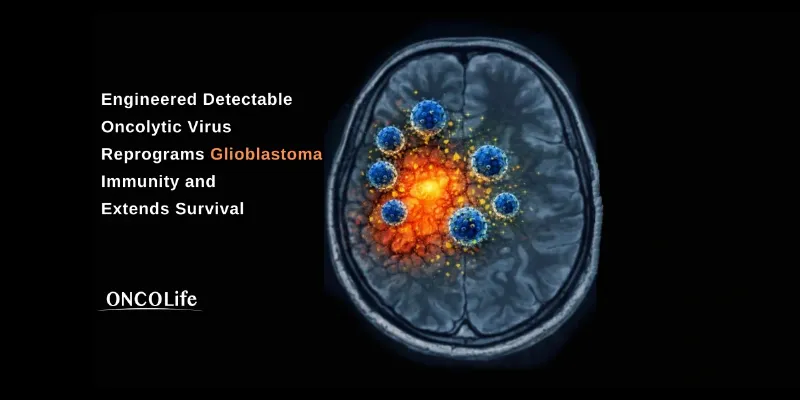
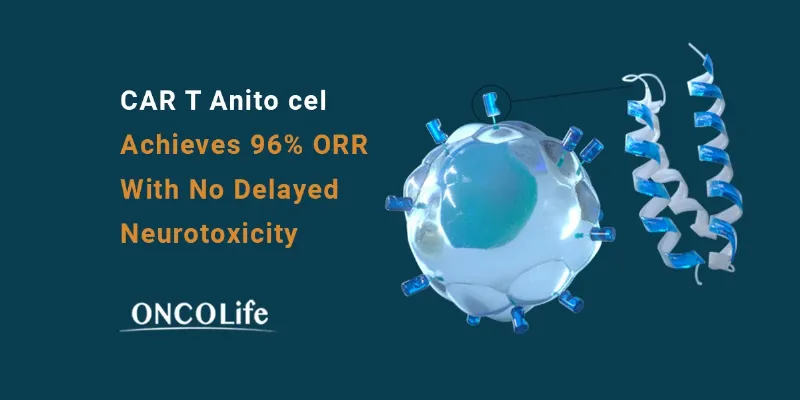


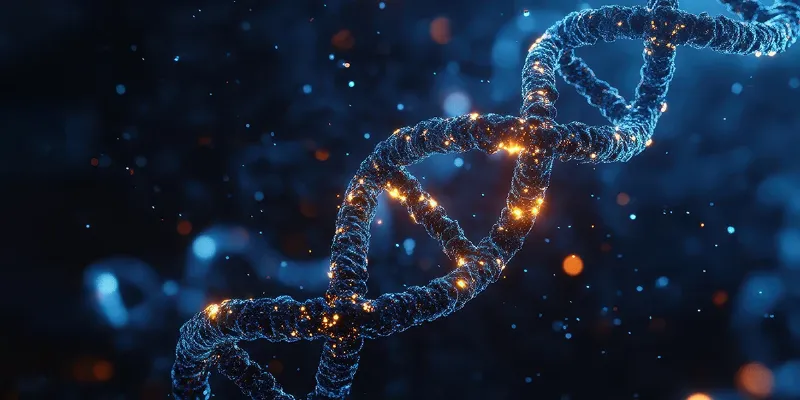
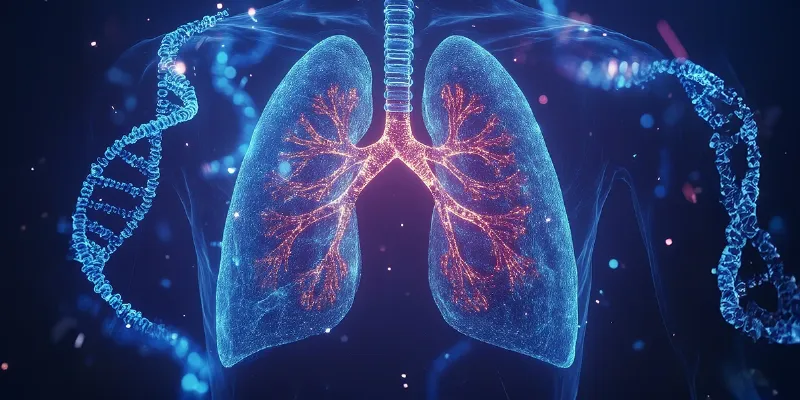
Comments
No Comments Yet!